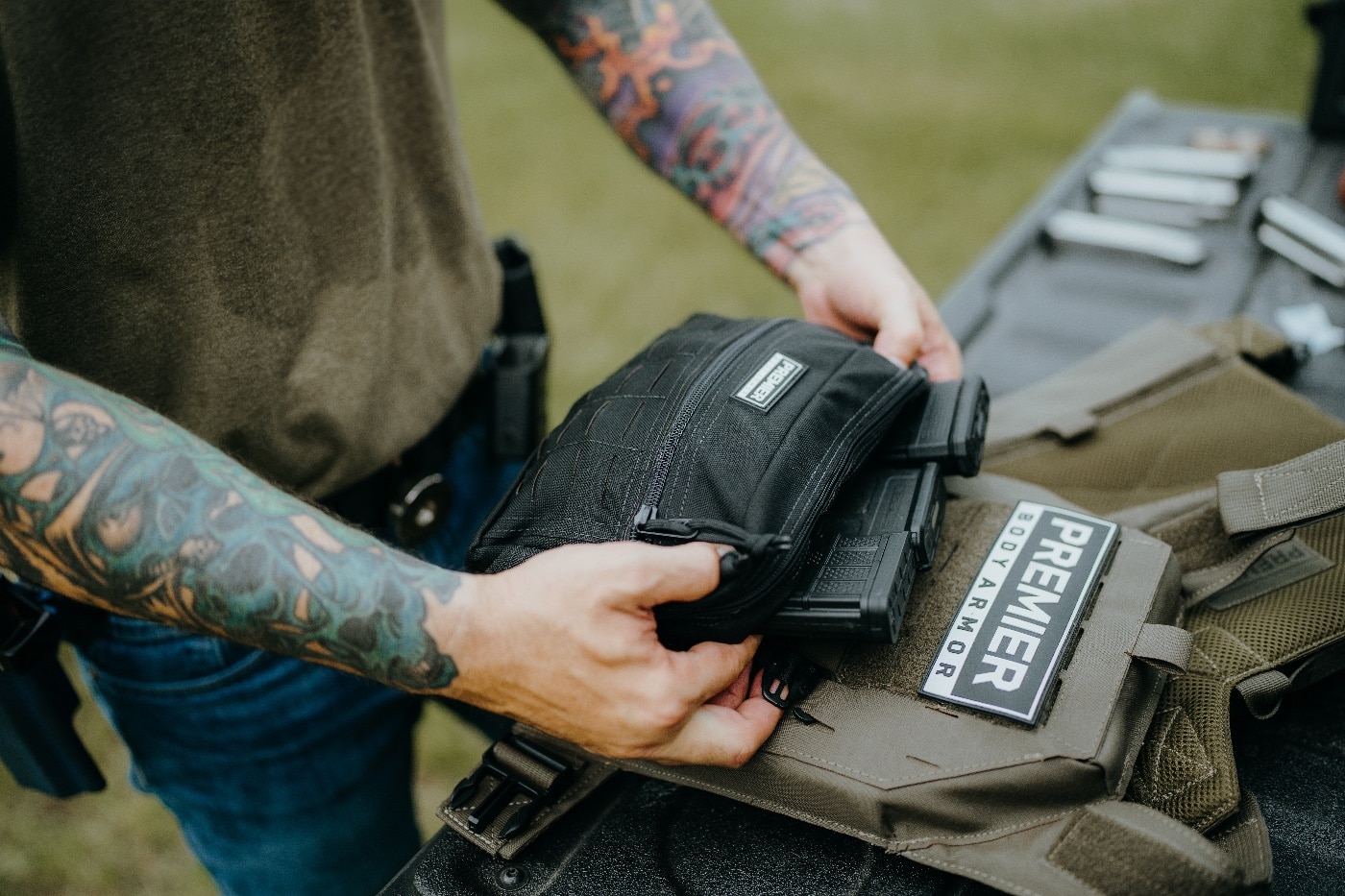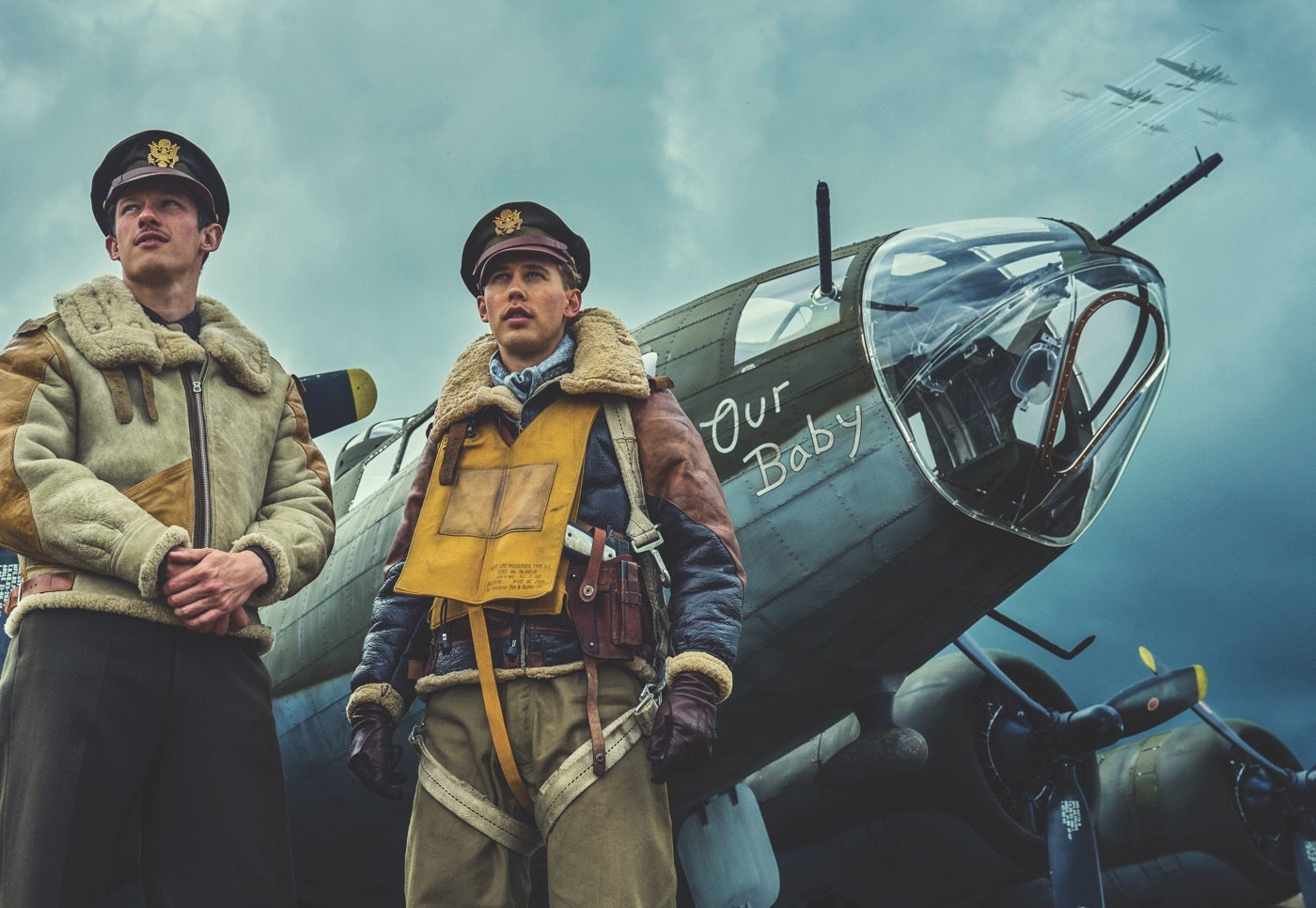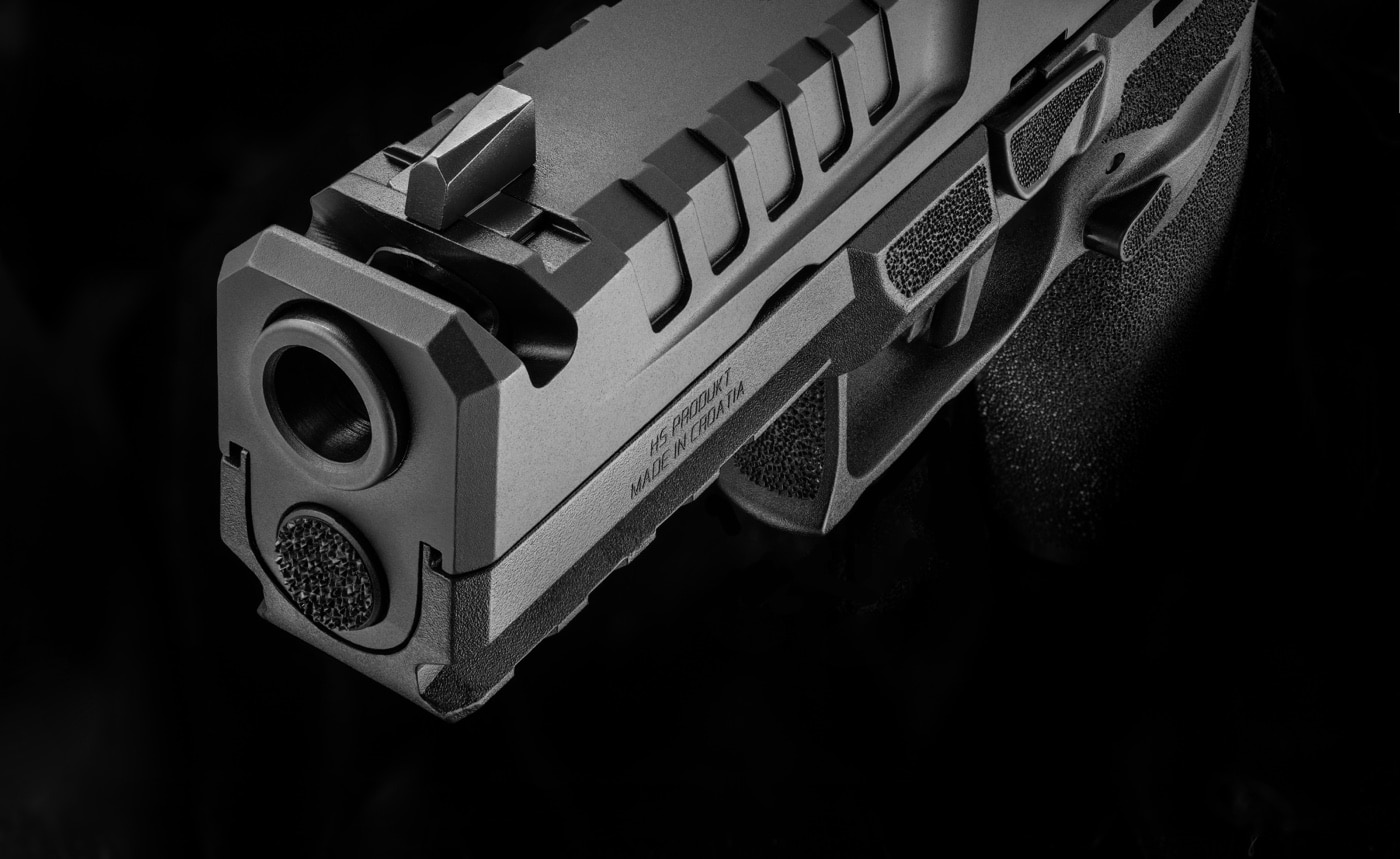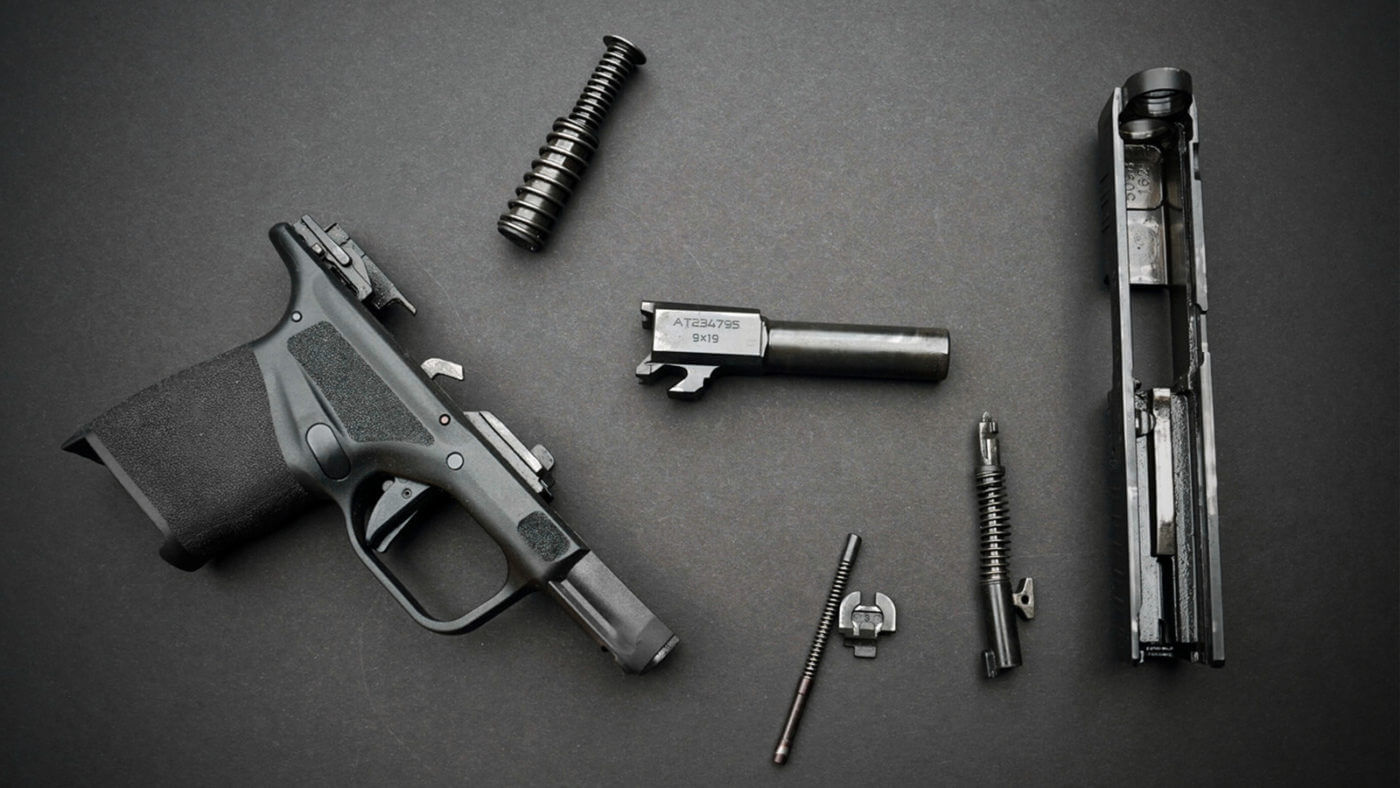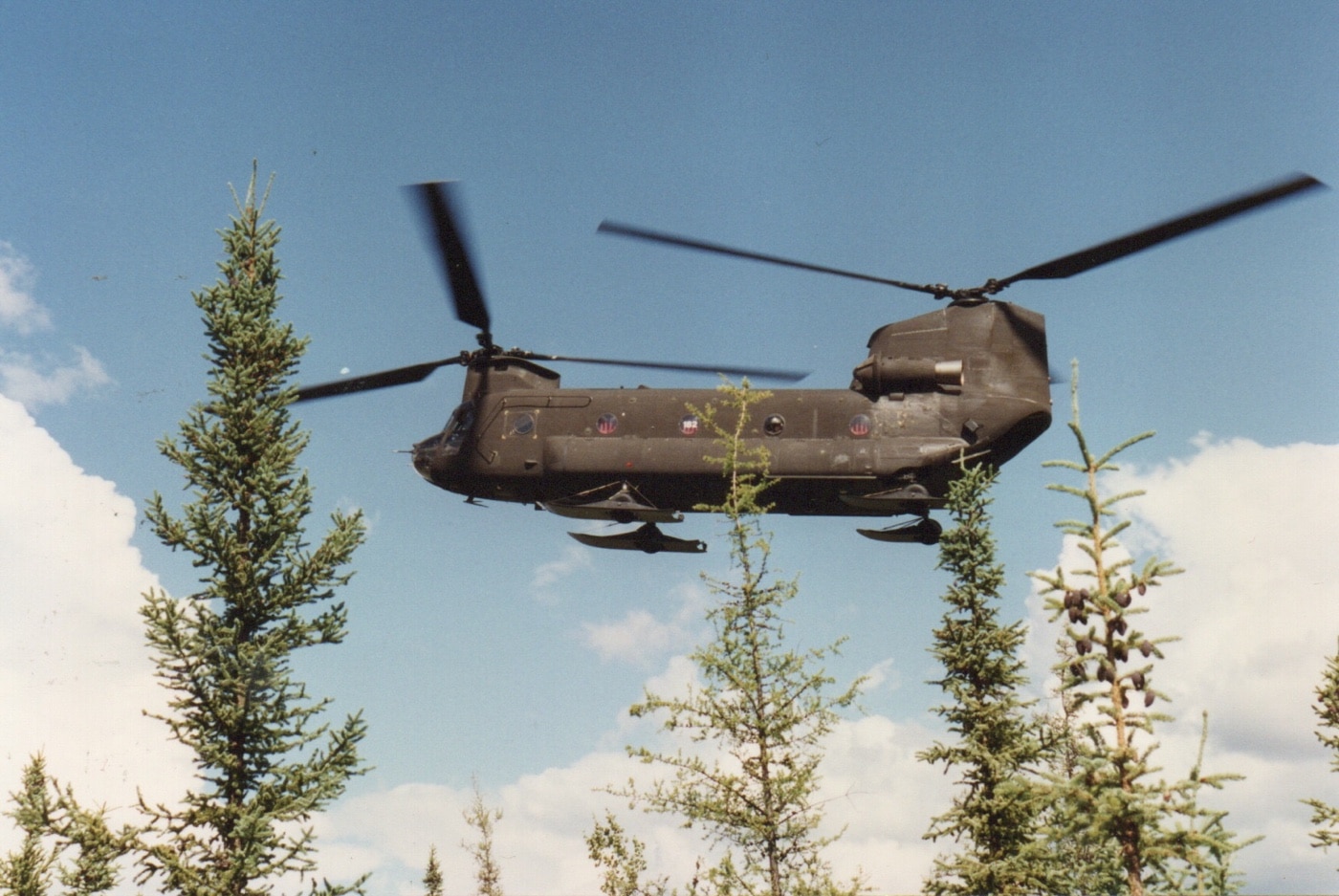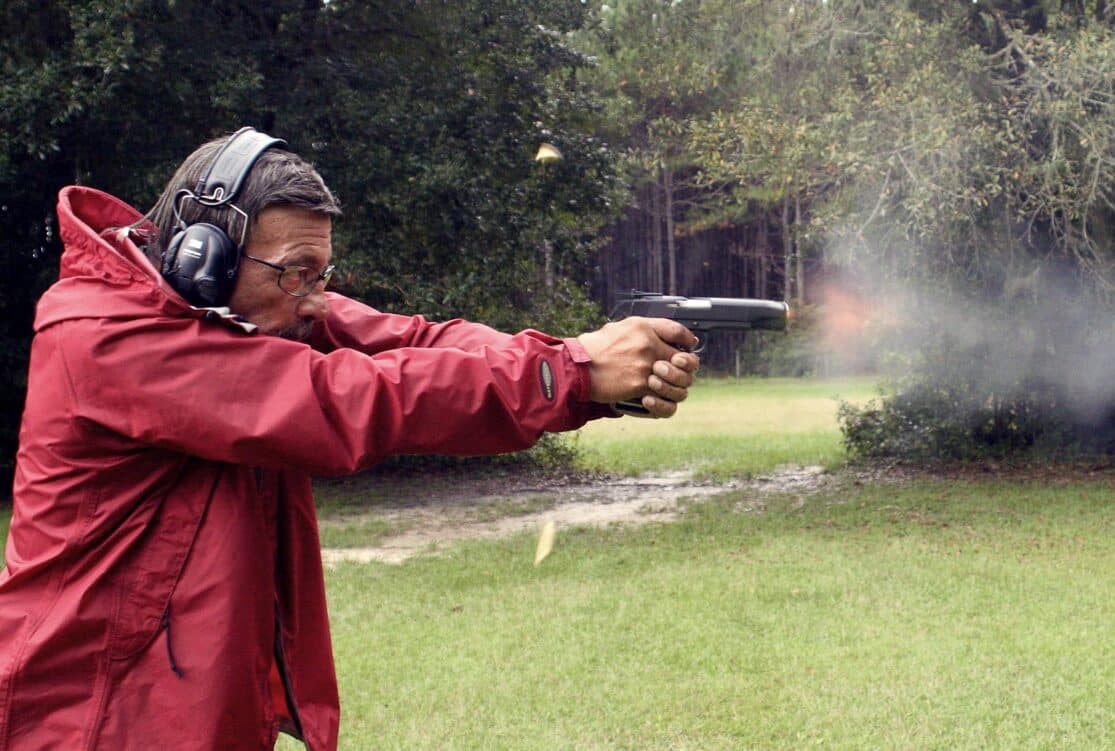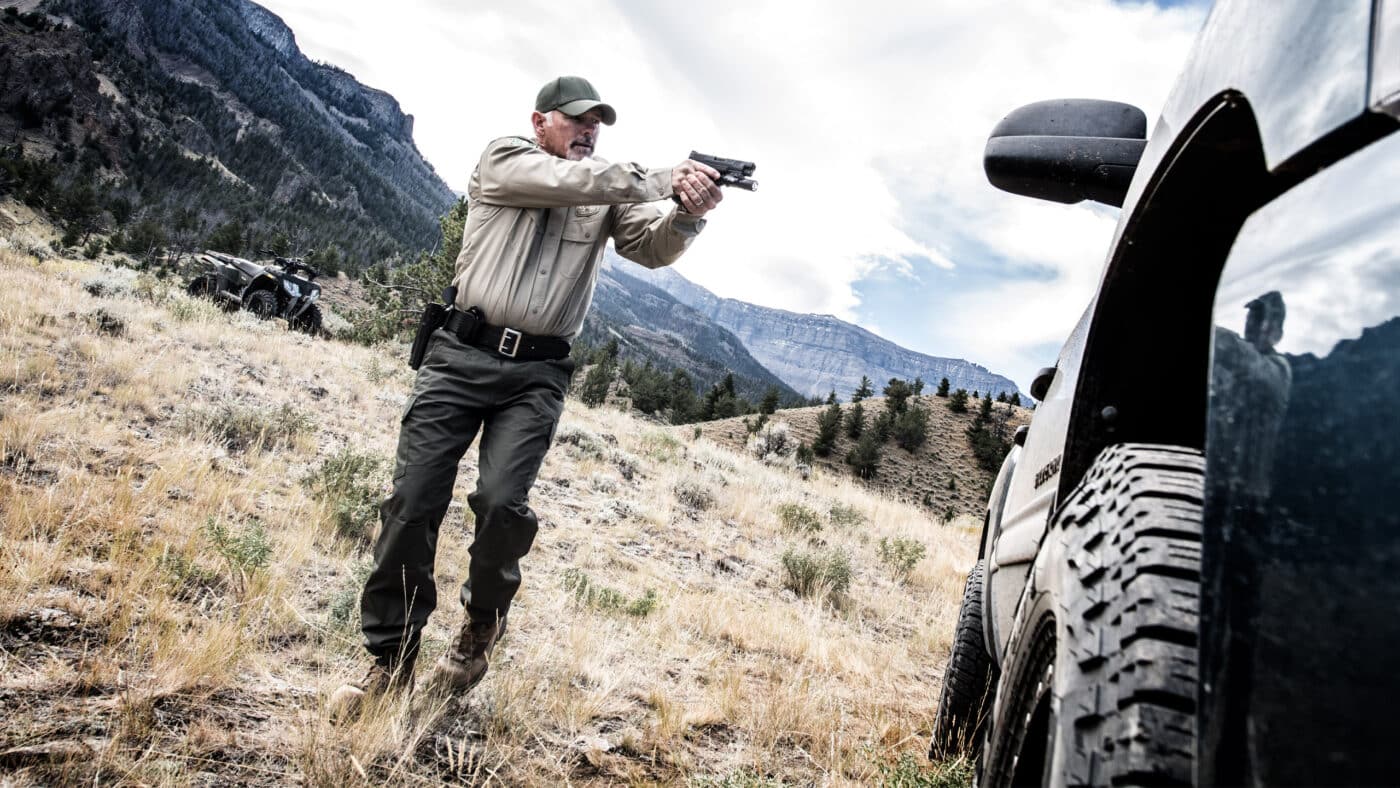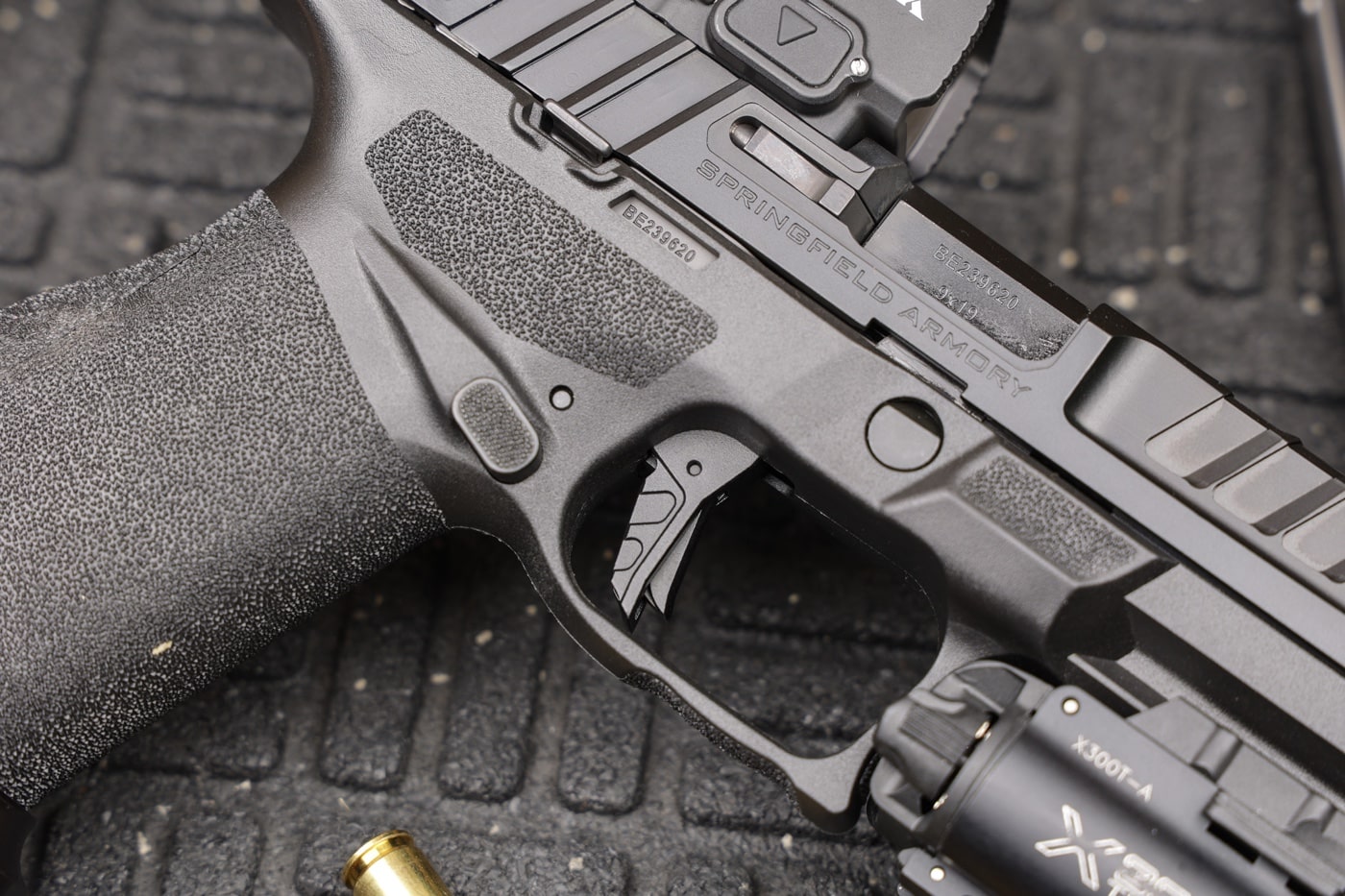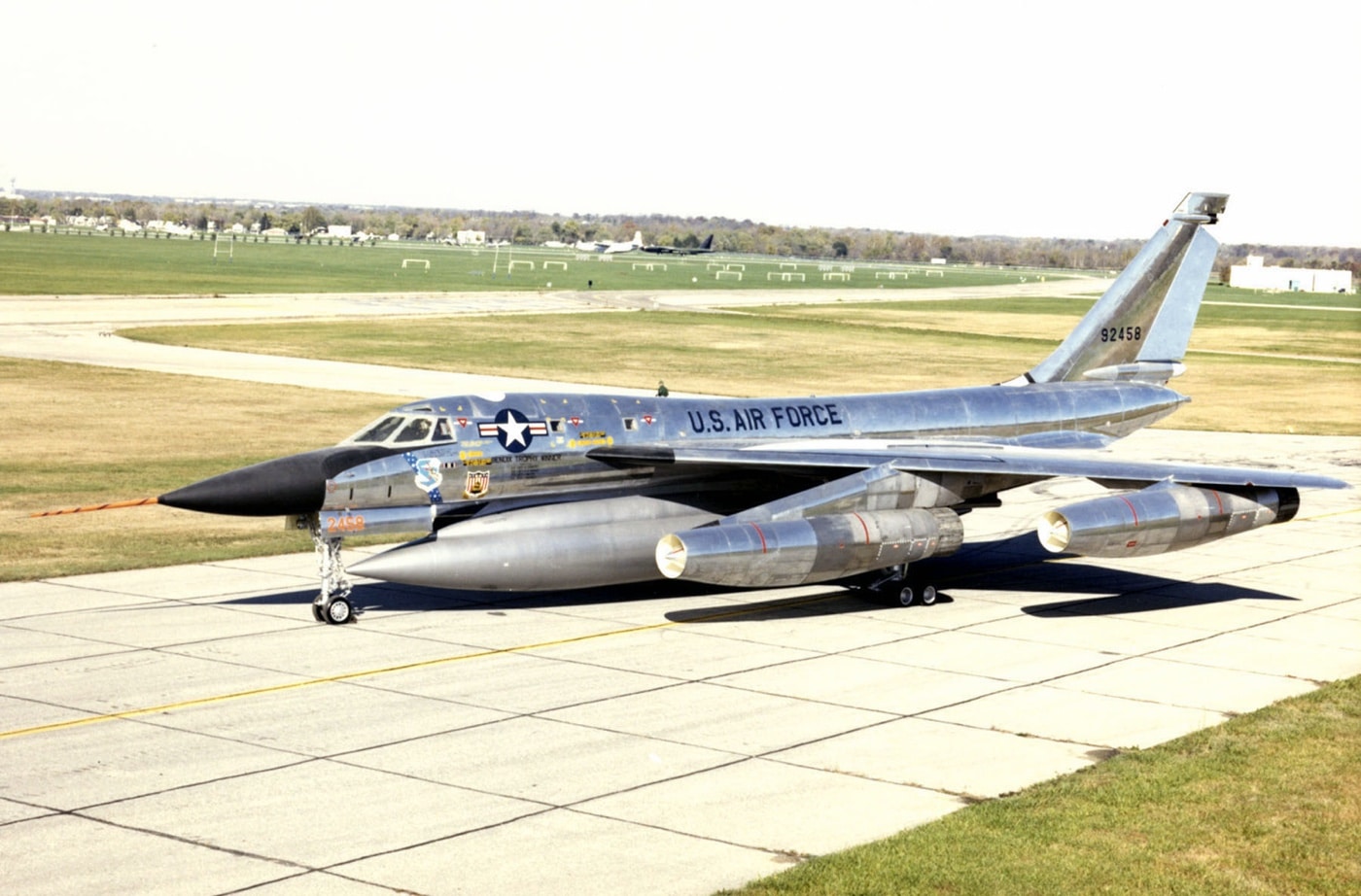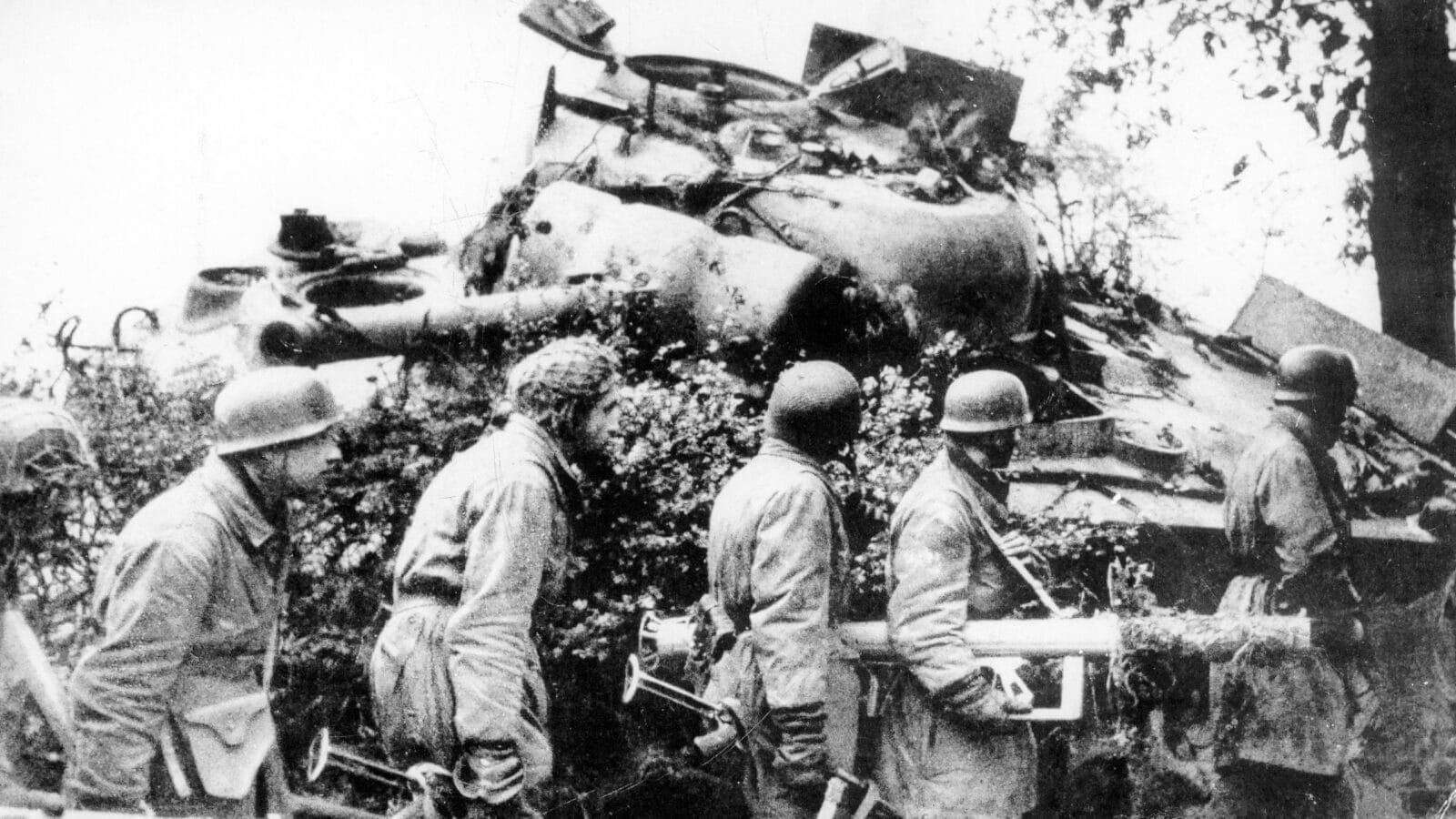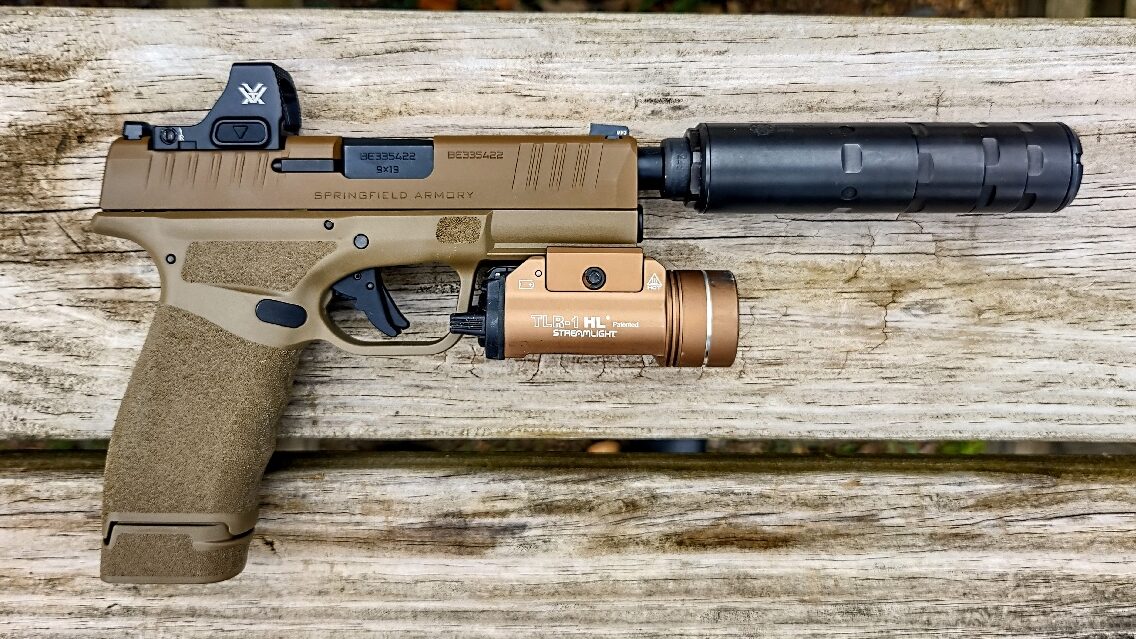Elmer Pankratz, a nearly 102-year-old World War II pilot, shares his experiences as one of America's few remaining North American P-51 Mustang pilots and possibly the last F-6D Mustang pilot. Elmer, who fought in the skies over Europe, transitioned from yearning for wings during the Great Depression to facing the hard realities of wartime aviation. His journey into the U.S. Army Air Corps began with the change in their education requirements, which allowed him with just a high school diploma to pursue flight training and later pilot the iconic Mustang.
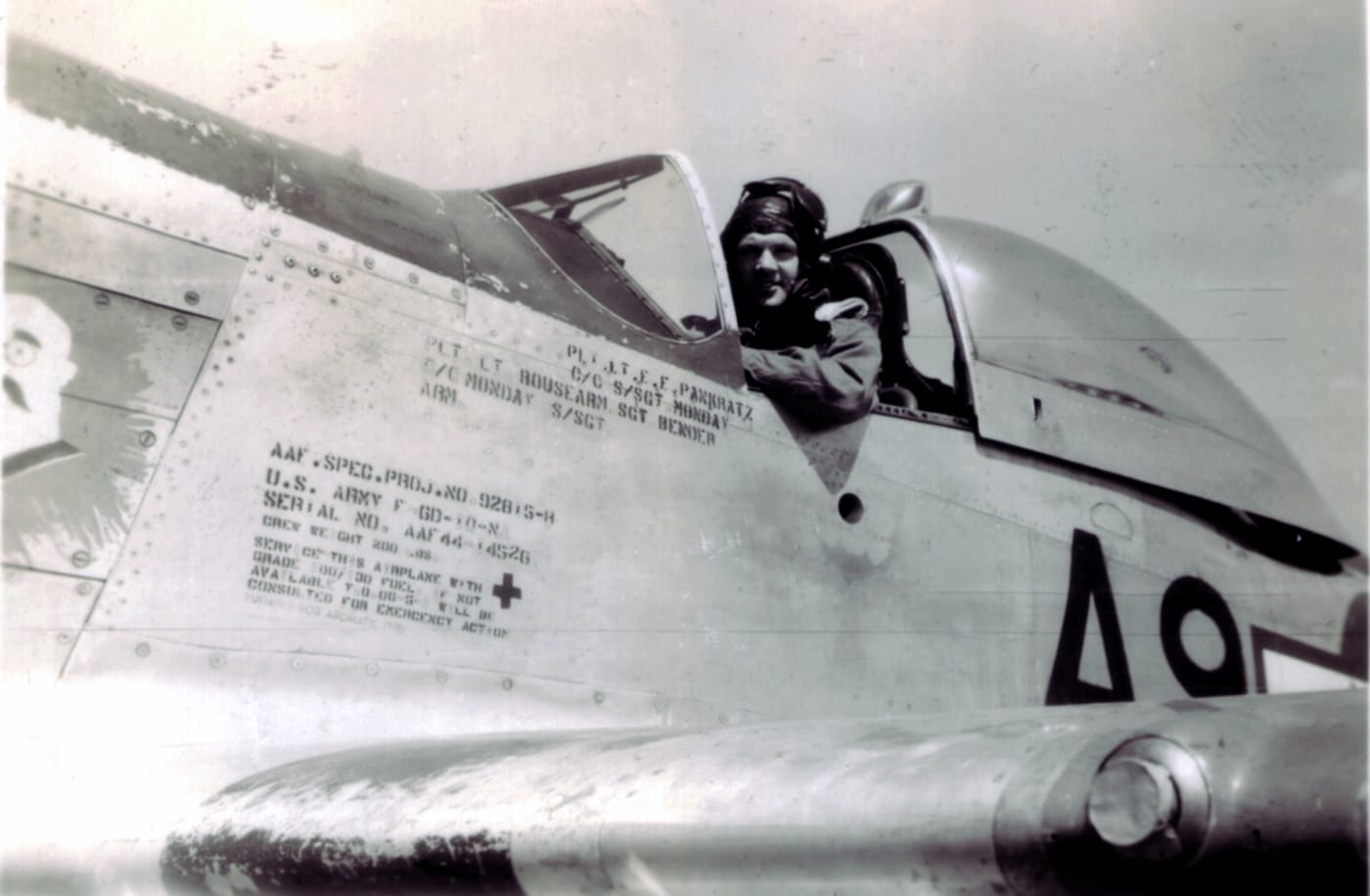
Meeting Elmer in 2007, the author Tom Laemlein helped bring his memoir "I Needed a War To Do It" to print. The tale covers Elmer’s trials and triumphs from initial nervous flights to overcoming vertigo and critical moments in basic training. His recollections extend through intense war scenarios like the Battle of the Bulge. Despite the harsh conditions, Elmer’s resolve saw him navigating the perils of reconnaissance missions, evading aggressive German flak, and helping to destroy high-value targets like German trains.
Elmer's remarkable story highlights the daring and bravery of reconnaissance pilots, providing invaluable tactical intelligence. Now retired, he remains active and surrounded by a supportive community aiming to get him back in a Mustang for his 105th birthday. His book, although out of print, remains a testament to his storied military career and experiences. For more, read The Incredible Story of F-6D Mustang Pilot Elmer Pankratz - The Armory Life.
